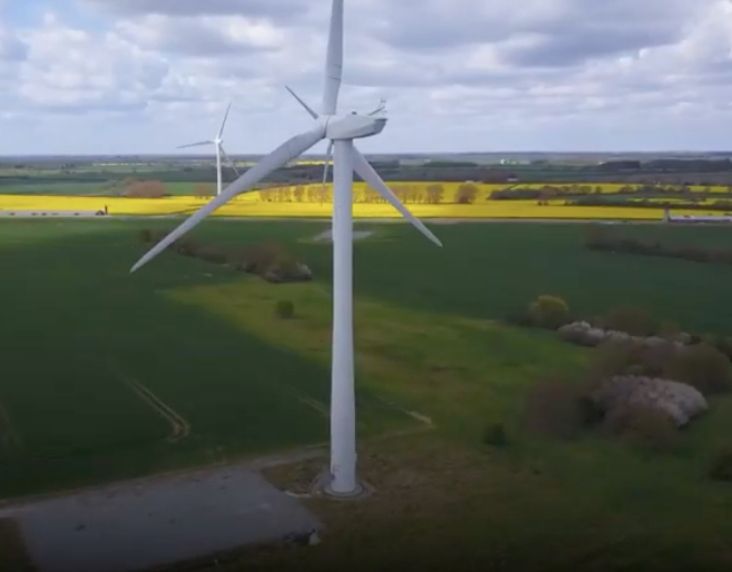The urgent need to combat climate change has compelled businesses to focus on reducing their carbon footprint. As a result, achieving carbon neutrality in supply chain management (SCM) and effectively managing Scope 3 emissions have become critical elements of sustainable business practices. In this blog, we will explore the best practices for attaining carbon neutrality in SCM while addressing the various stages, including planning, design, sourcing, contracting, logistics, and warehousing.
By implementing these strategies, businesses can significantly contribute to mitigating climate change impacts and fostering a sustainable future.
Conducting a Comprehensive Supply Chain Assessment:
To embark on the path toward carbon neutrality, it is crucial to conduct a thorough assessment of the entire supply chain. Mapping the value chain, identifying emission sources, and evaluating the carbon footprint associated with each stage provide valuable insights for prioritizing efforts, optimizing resource allocation, and formulating tailored sustainability strategies.
Integrating Carbon Considerations in Planning and Design:
Early integration of carbon considerations in the planning and design phases of products or services plays a vital role in minimizing emissions across the supply chain. Incorporating sustainable product design practices, optimizing packaging to reduce waste generation, and exploring energy-efficient technologies during the design process to lower environmental impact.
Emphasizing Sustainable Sourcing and Contracting:
Collaboration with suppliers who share sustainability goals is key to achieving carbon neutrality. Introducing environmental criteria in supplier selection processes, ensuring responsible sourcing, adherence to ethical labor practices, and environmental certifications. Establishing clear sustainability expectations through contractual agreements, encouraging suppliers to adopt eco-friendly practices and reduce emissions within their operations.
Optimizing Logistics for Emission Reduction:
Efficient logistics operations contribute significantly to carbon neutrality. Optimizing transportation routes to minimize distances traveled, maximize vehicle loads, and reduce fuel consumption. Leveraging advanced analytics and route optimization tools to identify the most efficient and eco-friendly transportation methods, such as intermodal transportation and consolidation of shipments.
Implementing Sustainable Warehousing Practices:
Warehousing operations offer substantial opportunities to reduce emissions. Implementing energy-efficient lighting systems, adopting HVAC controls, and enhancing insulation to minimize energy consumption. Embracing automation and advanced systems to optimize storage capacity, reducing space requirements, and associated environmental impacts. Establishing recycling and waste management programs within warehouses to minimize the ecological footprint.
Transitioning to Renewable Energy Sources:
The adoption of renewable energy sources is a crucial step toward decarbonizing the supply chain. Considering installing on-site renewable energy systems, such as solar panels or wind turbines, to power warehouse, distribution, and manufacturing operations. Collaborating with renewable energy providers to procure green energy, effectively reducing Scope 2 emissions associated with electricity consumption.
Embracing Circular Economy Principles:
The implementation of a circular economy approach fosters resource efficiency and waste reduction. Design products with recyclability in mind, promote the use of recycled materials and establish take-back programs to collect and recycle products at the end of their life cycle. Embracing remanufacturing and refurbishment practices to extend product lifetimes, reducing environmental impact and promoting sustainable consumption patterns.
Collaborating on Carbon Offset Programs:
While focusing on internal emission reductions, businesses can further contribute to carbon neutrality by participating in carbon offset programs and collaborations. Investing in verified carbon offset projects or purchasing carbon credits to compensate for residual emissions.Supporting initiatives such as reforestation, renewable energy installations, or methane capture projects to actively reduce or remove greenhouse gas emissions.
A Collective Pursuit Towards a Sustainable Future
Achieving carbon neutrality in supply chain management requires a comprehensive approach that encompasses planning, design, sourcing, contracting, logistics, and warehousing. By conducting thorough supply chain assessments, integrating carbon considerations, emphasizing sustainable sourcing, optimizing logistics, implementing eco-friendly warehousing practices, and transitioning to renewable energy.
About the Author
VISHWAS BUNYAN,
Group Manager, Digital Transformation Office (DTO)
VISHWAS BUNYAN is an SCM expert at the Digital Transformation Office (DTO) at Tech Mahindra. Vishwas has 22 years of Professional experience in the IT Industry. He has done MBA from the Indian Institute of Management (IIM), Trichy, and holds a Bachelor of Engineering Degree.





